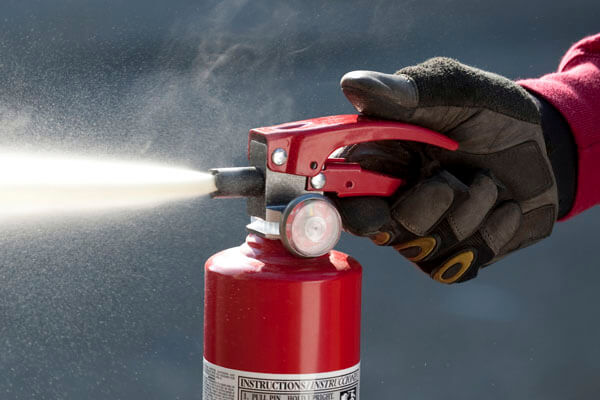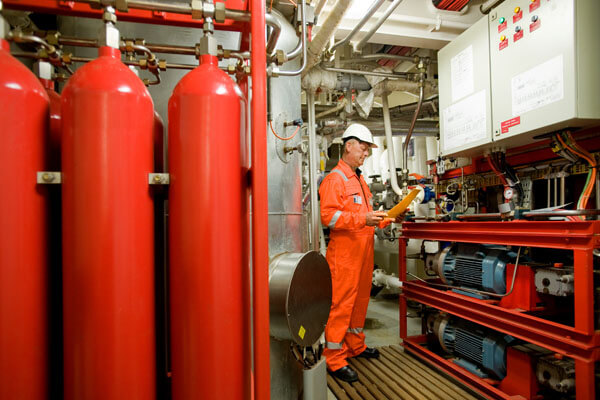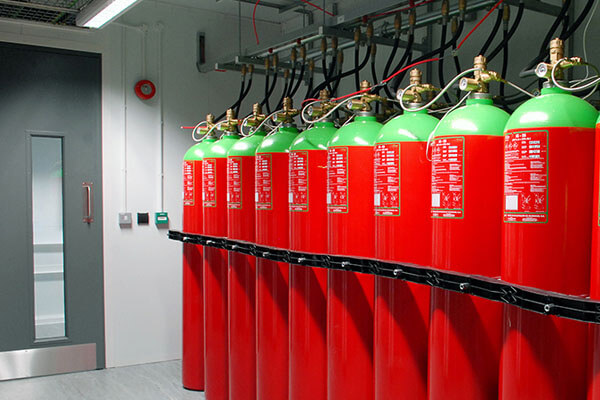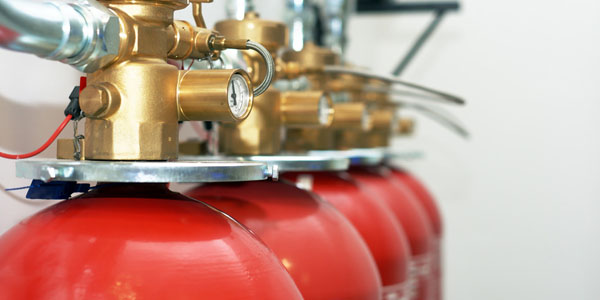INTRODUCTION:
Fire safety is a critical aspect of any building or infrastructure. When it comes to protecting lives and property, reliable fire suppression systems play a pivotal role. One such effective solution is the water fire suppression system.
Understanding Water Fire Suppression Systems:
Water fire suppression systems are designed to control and extinguish fires by employing water as the primary extinguishing agent. They utilize a combination of water supply, pipes, and strategically placed nozzles to distribute water effectively over the fire area. These systems work by removing heat from the fire and inhibiting the release of flammable vapors, ultimately extinguishing the flames.
Benefits of Water Fire Suppression Systems:
• Effectiveness: Water is a highly effective fire suppressant, capable of rapidly reducing the temperature of the fire, preventing its spread and extinguishing it completely. Water-based systems have proven their efficiency in various fire scenarios, making them a trusted choice for fire protection.
• Versatility: Water fire suppression systems are suitable for a wide range of applications, including residential, commercial, and industrial settings. They can be tailored to meet the specific needs of different environments and can be integrated with other fire safety measures, such as smoke detection systems, for enhanced protection.
• Cost-Effectiveness: Water is readily available, making water fire suppression systems a cost-effective option compared to alternative fire suppression methods. Once installed, these systems require minimal maintenance, resulting in long-term savings for building owners.
Types of Water Fire Suppression Systems:
1) Wet Pipe Systems: In this type of system, water is continuously present in the pipes, ready for immediate discharge when a fire is detected. Wet pipe systems are commonly used in areas where freezing temperatures are not a concern, such as office buildings and residential complexes.
2) Dry Pipe Systems: Dry pipe systems are designed for environments where freezing temperatures are a risk. Instead of water, the pipes in these systems are filled with pressurized air or nitrogen. When a fire occurs, the air pressure drops, and water is released through the sprinkler heads. Dry pipe systems are commonly found in unheated spaces like parking garages and warehouses.
3) Deluge Systems: Deluge systems are used in high-hazard areas where rapid fire spread is a concern. These systems employ open sprinkler heads that release water simultaneously upon activation. Deluge systems are typically used in locations such as chemical storage facilities and power plants.
4) Pre-action Systems: Pre-action systems combine the features of both wet and dry pipe systems. They require two independent events to trigger the release of water, minimizing the risk of accidental discharge. Pre-action systems are often utilized in museums, data centers, and other areas with valuable assets that need extra protection.
CONCLUSION:
Water fire suppression systems have proven their reliability and effectiveness in countless fire incidents. With their ability to rapidly control and extinguish fires, these systems provide a crucial line of defense for life and property. Whether it’s a wet pipe system, a dry pipe system, a deluge system, or a pre-action system, the choice of water fire suppression system depends on the specific needs and requirements of the premises. By implementing water-based fire suppression systems, individuals and organizations can enhance fire safety measures and create safer environments for everyone.
DO YOU HAVE ANY QUESTIONS ABOUT?
Don’t wait to contact us now by sending an email to info@bio-genesis.it! Our experts are at your complete disposal to guide you in choosing the most suitable product for your fire-fighting needs.





